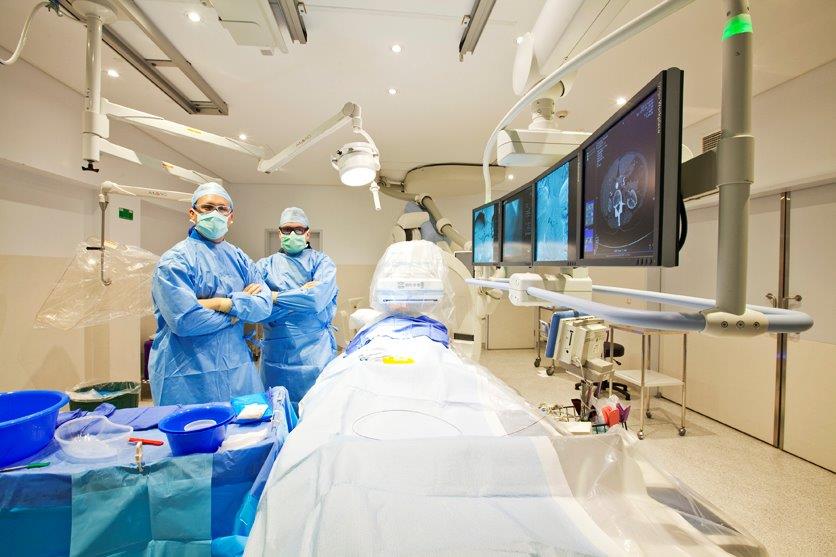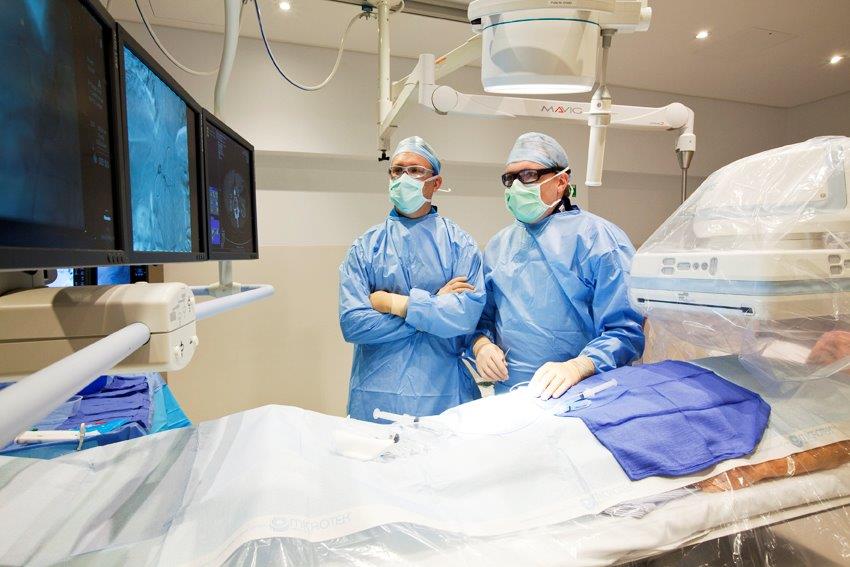
What is Chemoembolisation?
Chemoembolisation, or transaraterial chemoembolisation (TACE), is a minimally invasive treatment for hepatocellular carcinoma (HCC) or colorectal liver metastases. The term “chemoembolisation” combines the effect of chemotherapy agents with mechanical occlusion of the blood supply to the tumour.

Why perform Chemoembolisation?
TACE improves overall patient survival in patient with HCC, compared to best supportive care. This treatment is usually advised when other treatment options such as surgery or ablation are considered not suitable. TACE may help a patient stay within transplant criteria while awaiting liver transplant.

How does Chemoembolisation work?
TACE is usually performed under sedation in an operating room with specialised medical imaging equipment. Your interventional radiologist will use an ultrasound to guide a tube into the artery at either the groin or wrist. They will then pass a catheter (thin plastic tube) into the arteries that supply the liver inject x-ray dye (contrast) to define the anatomy of the liver arteries and map a path to the tumour to be targeted. A very fine catheter (microcatheter) is then passed deep into the arterial supply of the tumour and small particles coated with a chemotherapy agent (doxorubicin) are slowly injected. Blocking up the blood supply to the tumour causes them to shrink. Sometimes more than one session is required to complete treatment.
A few weeks afterwards, you will have a CT or MRI scan to monitor the results.
Contact Us
appointments:
For appointment requests, please phone 0497 052 070. For general enquiries, please complete the contact form and a member of the VIRQ team will respond shortly.
Address:
Suite 20, 3 Doherty Street, Birtinya, QLD, 4575, Australia
Email:
Phone:
For all appointments and enquiries, please phone:
Our office is attended Monday - Friday from 9am - 5.30pm.
